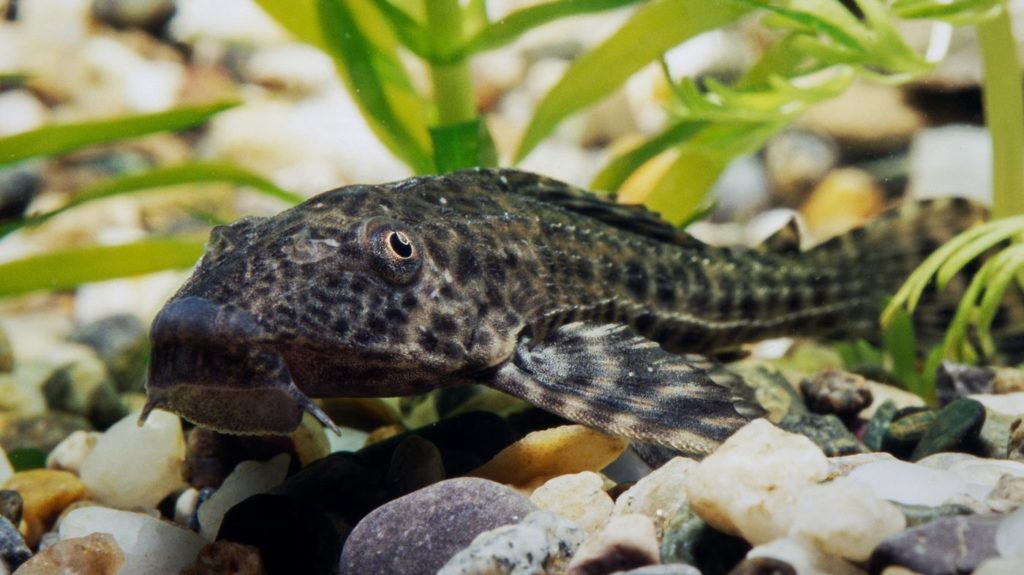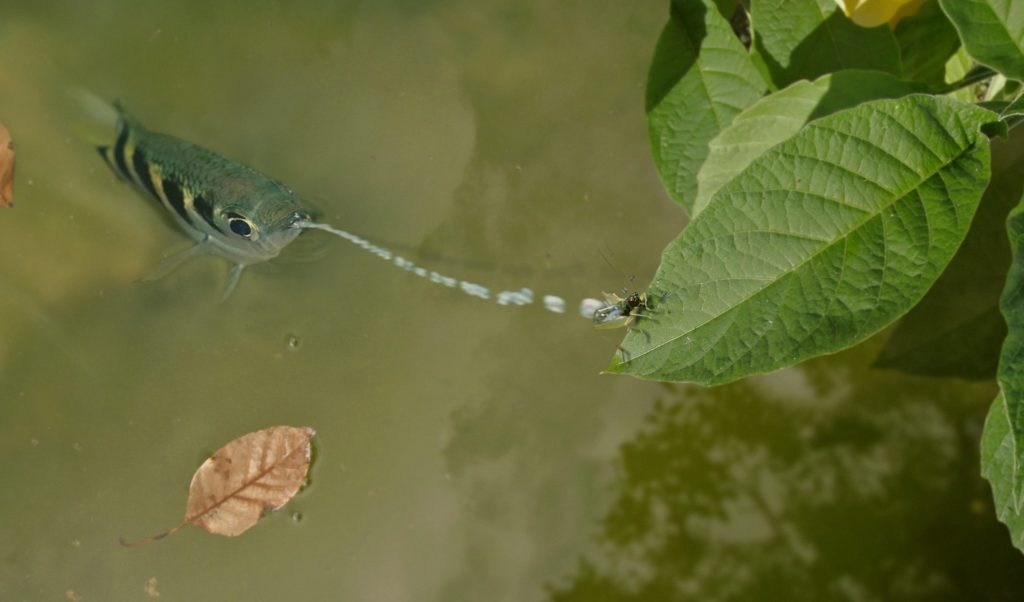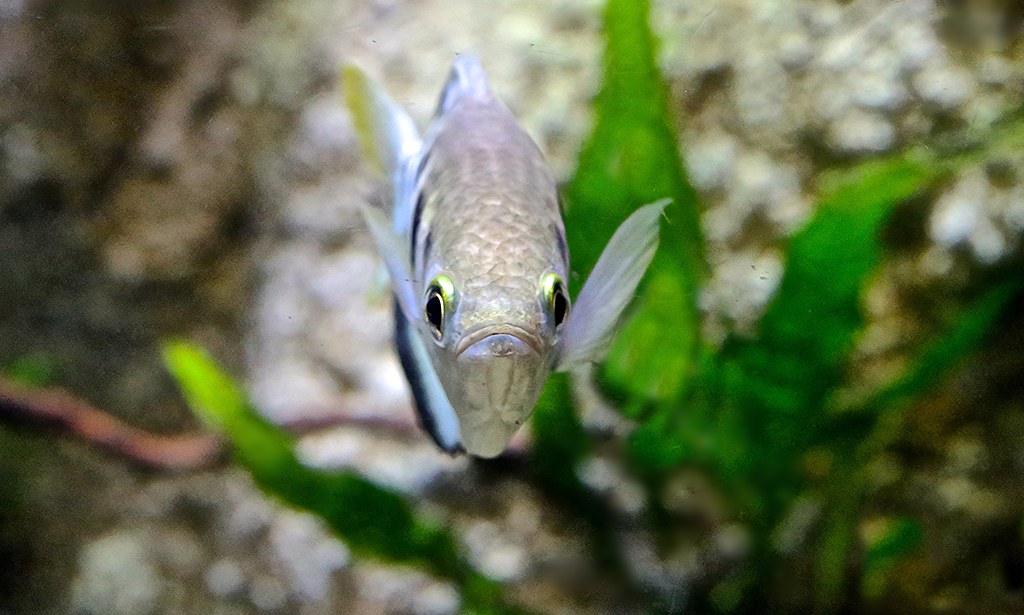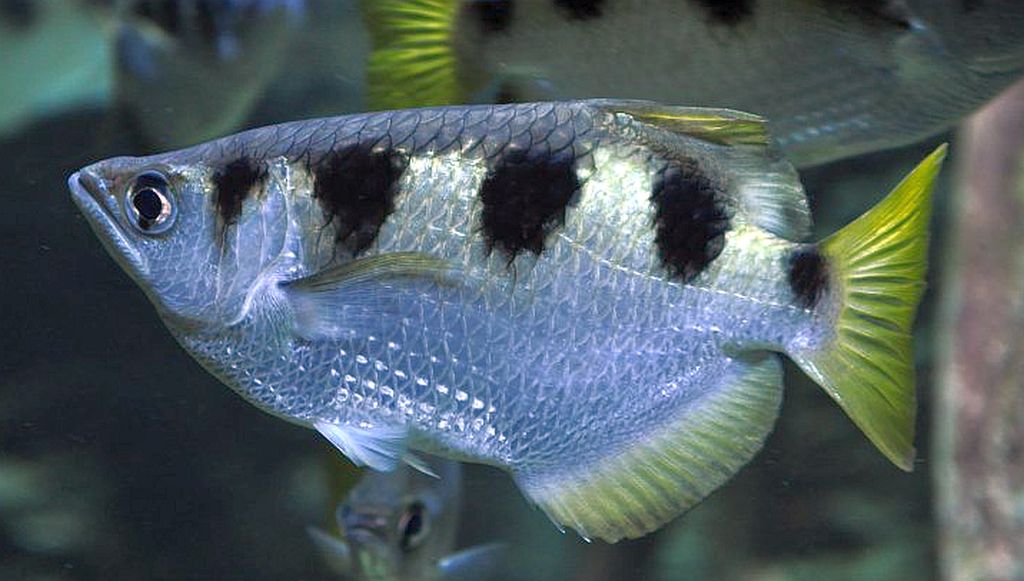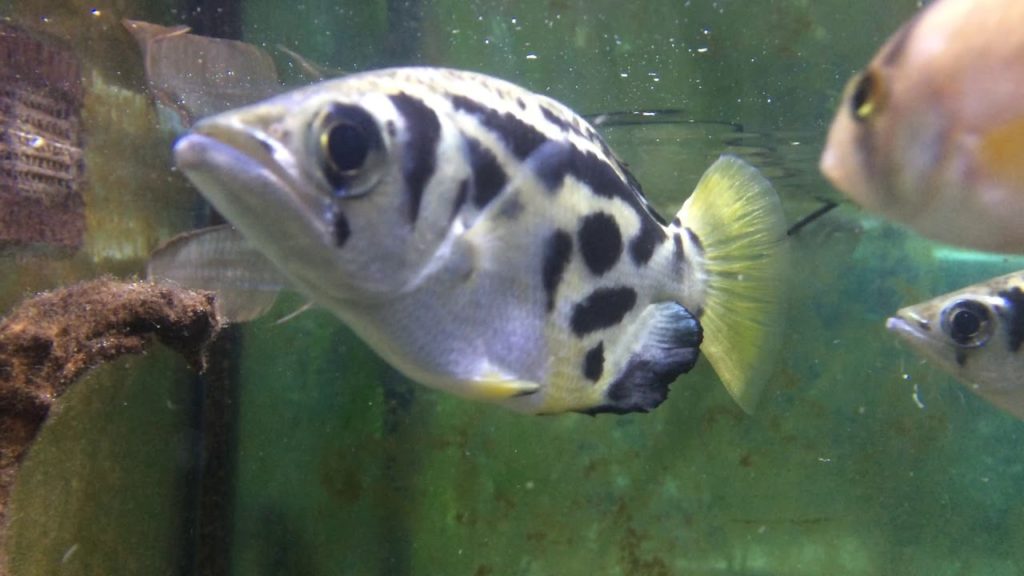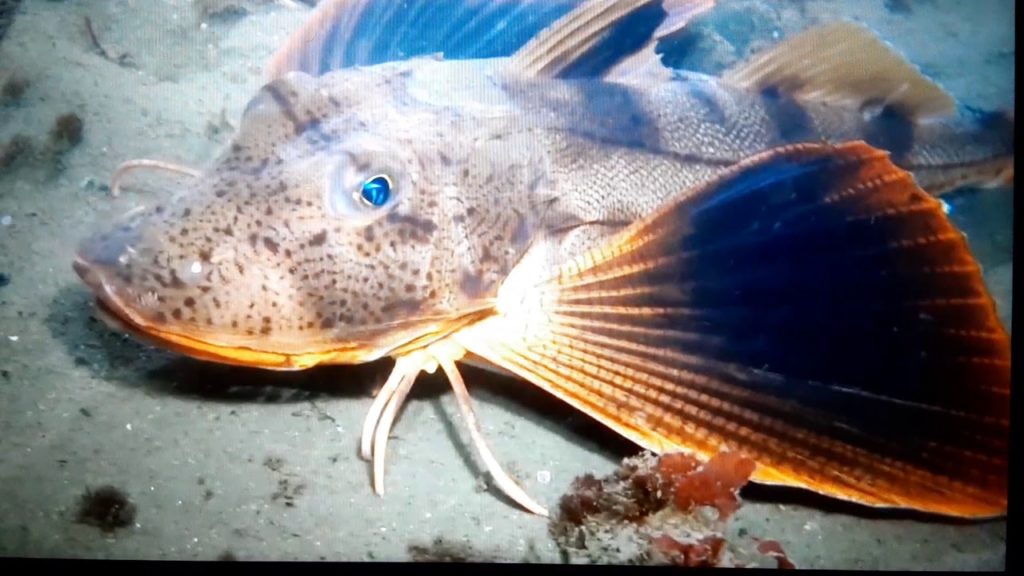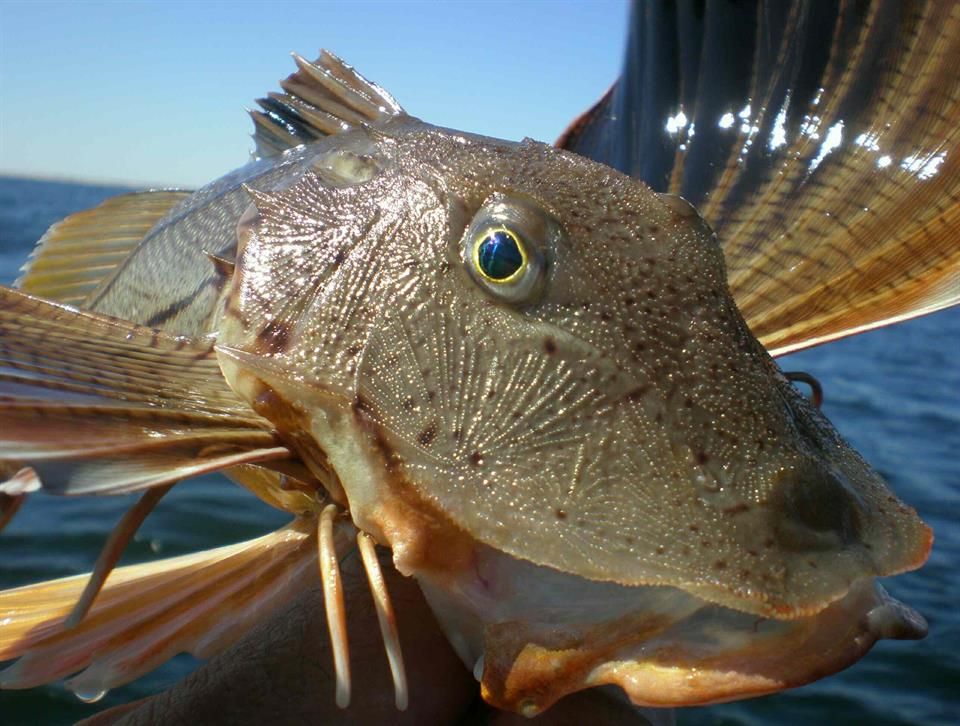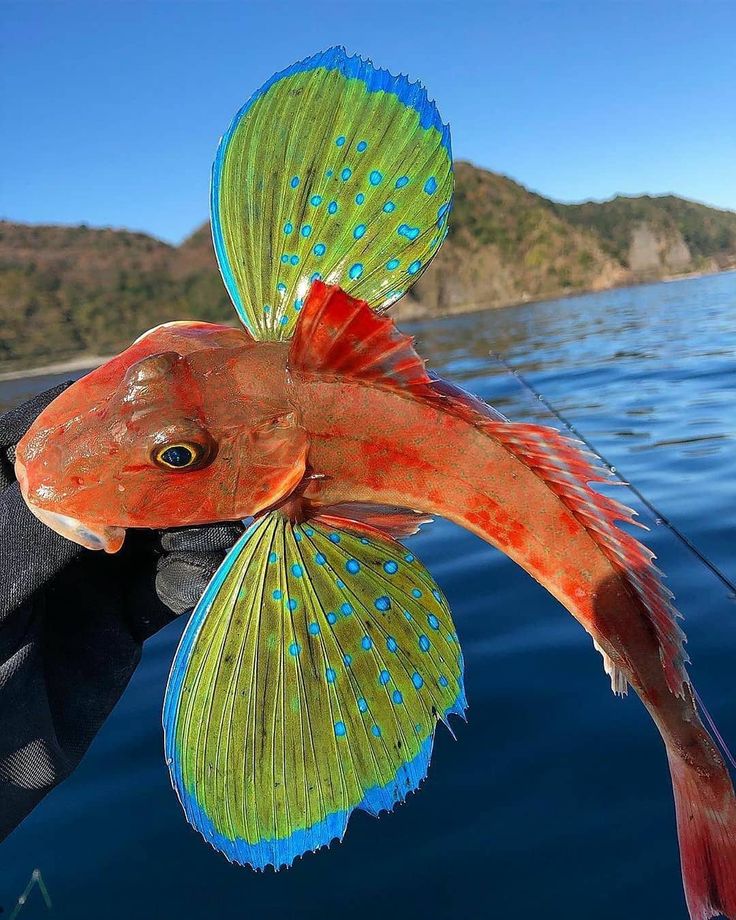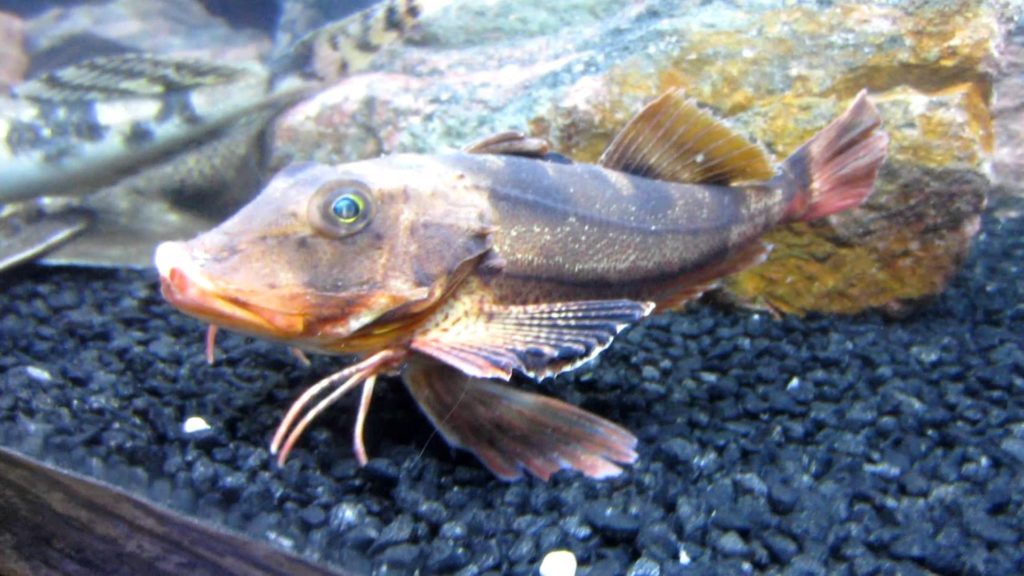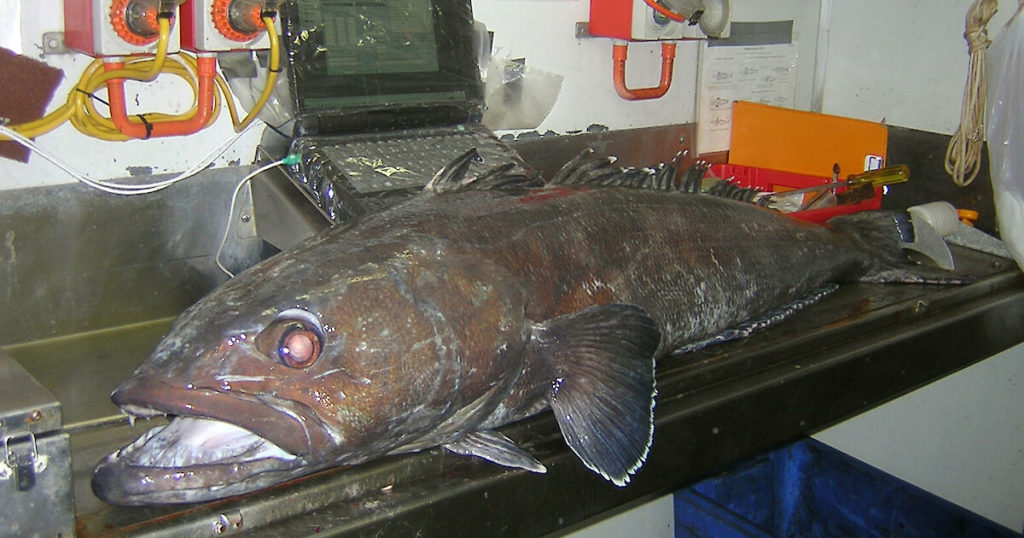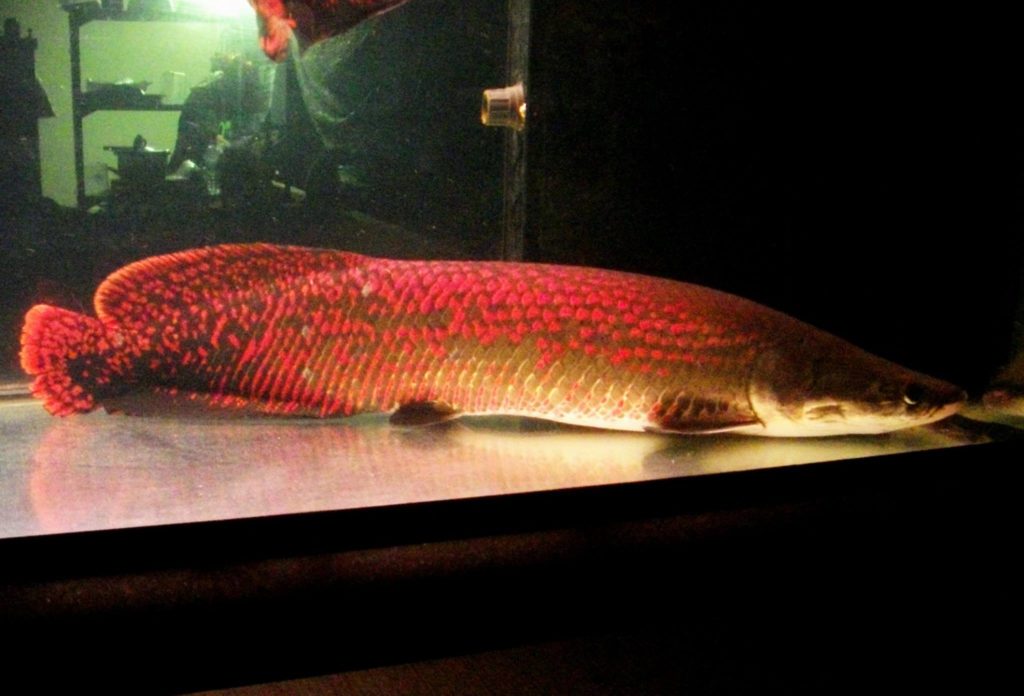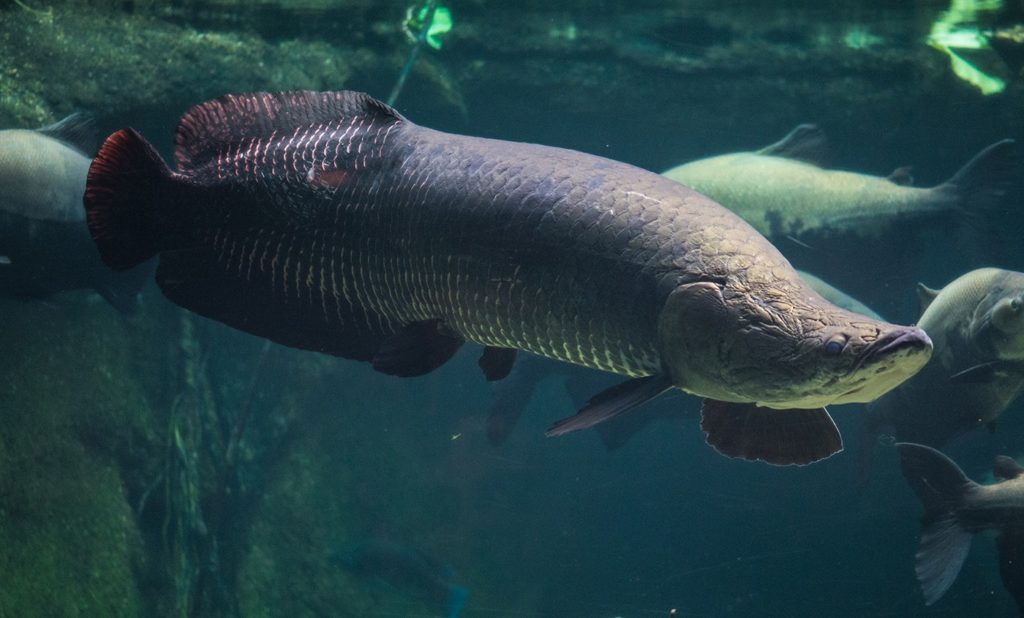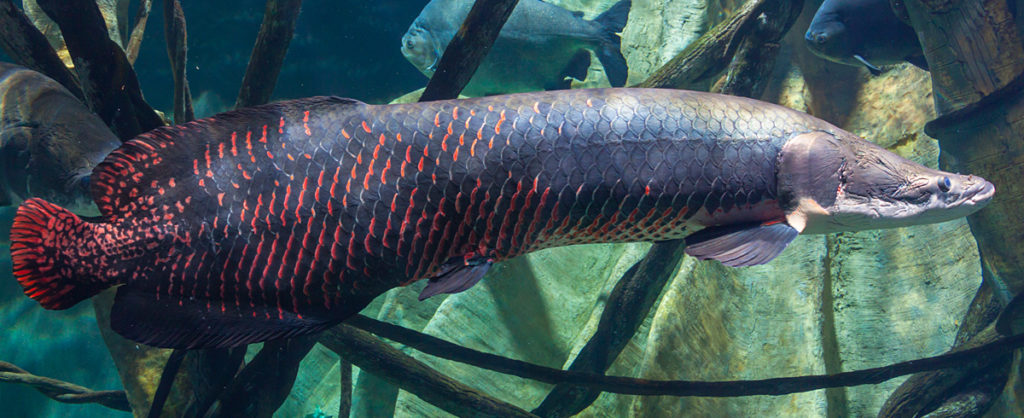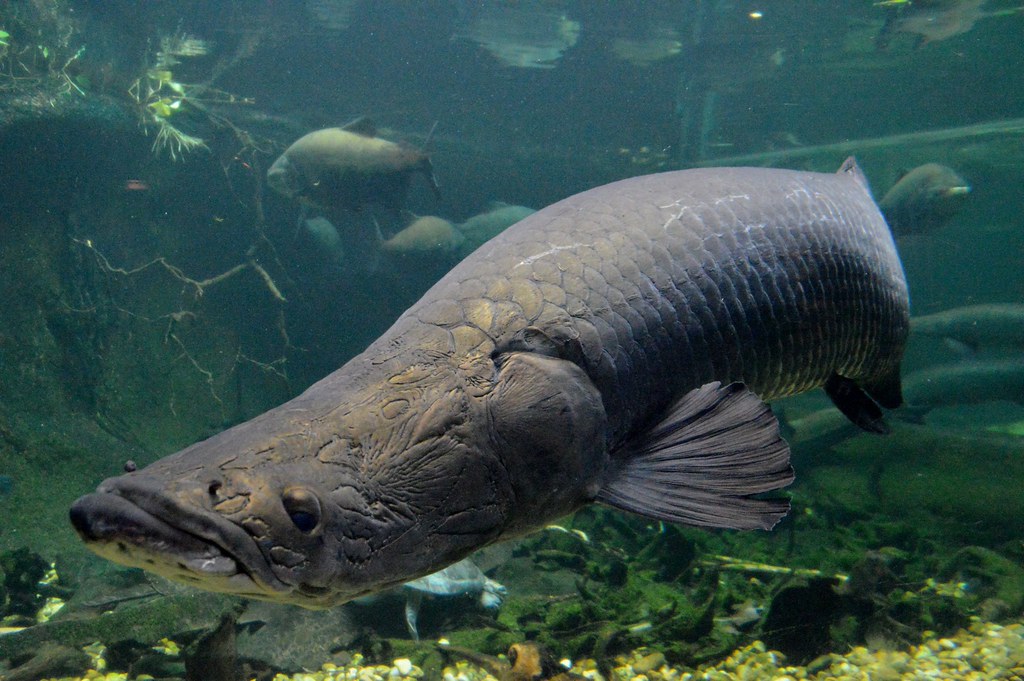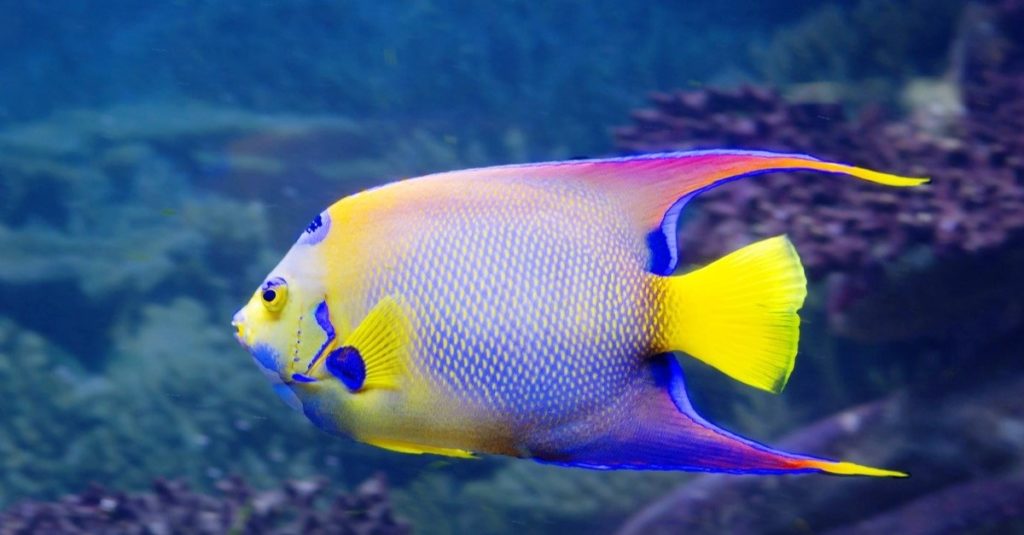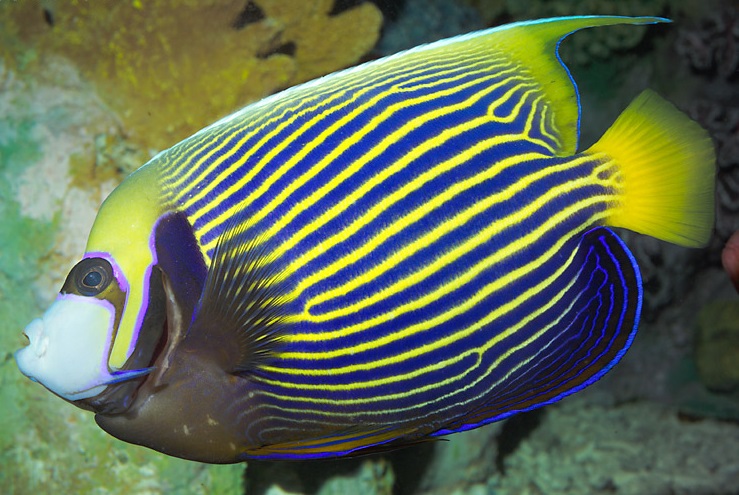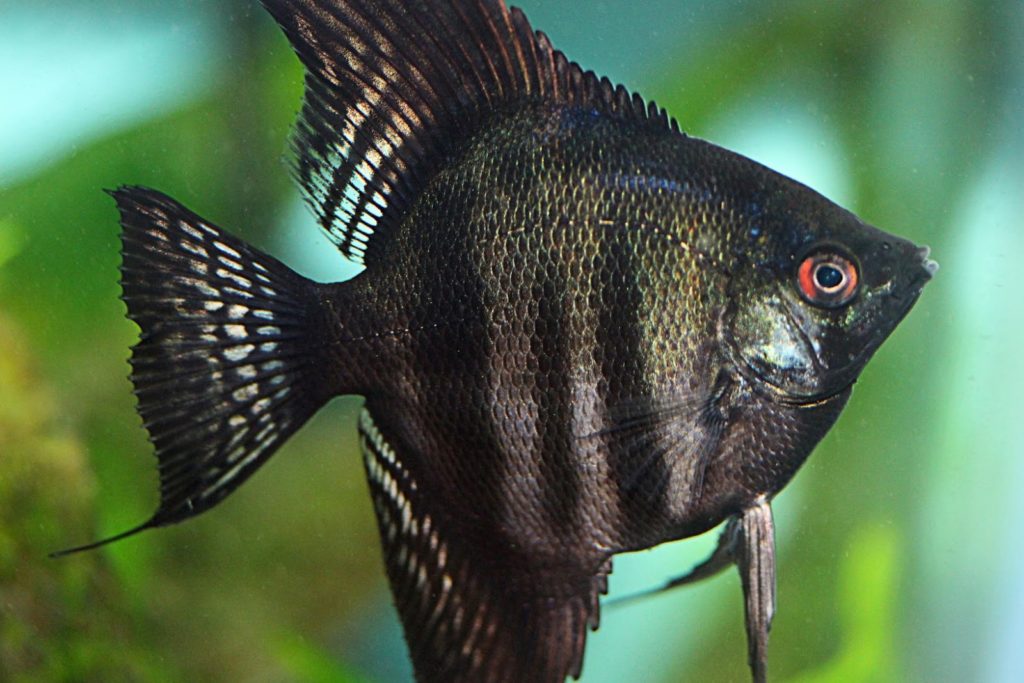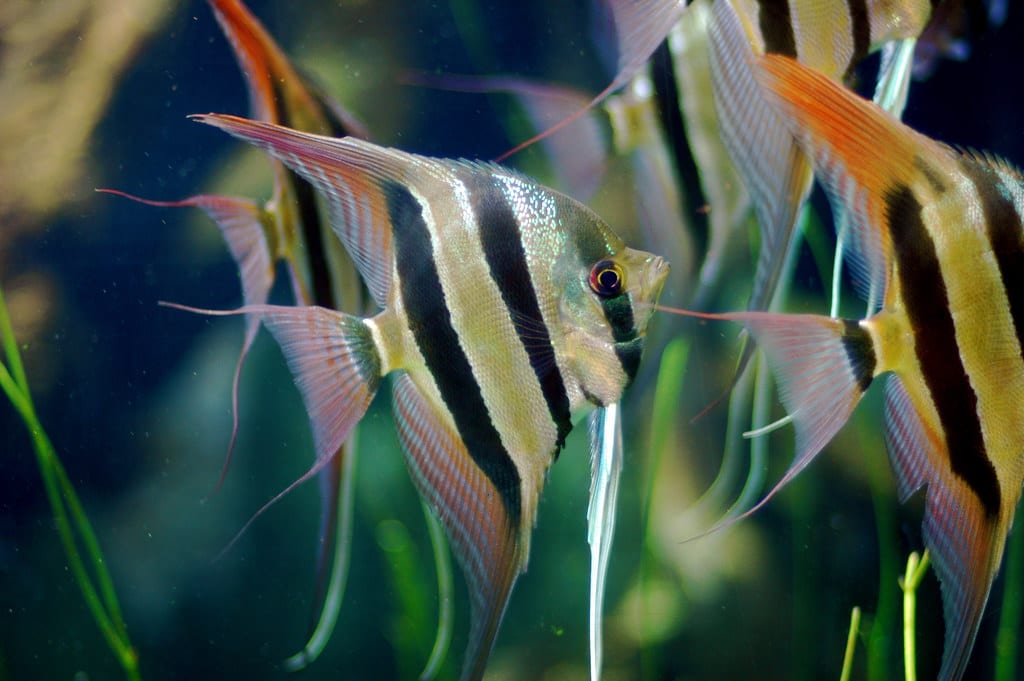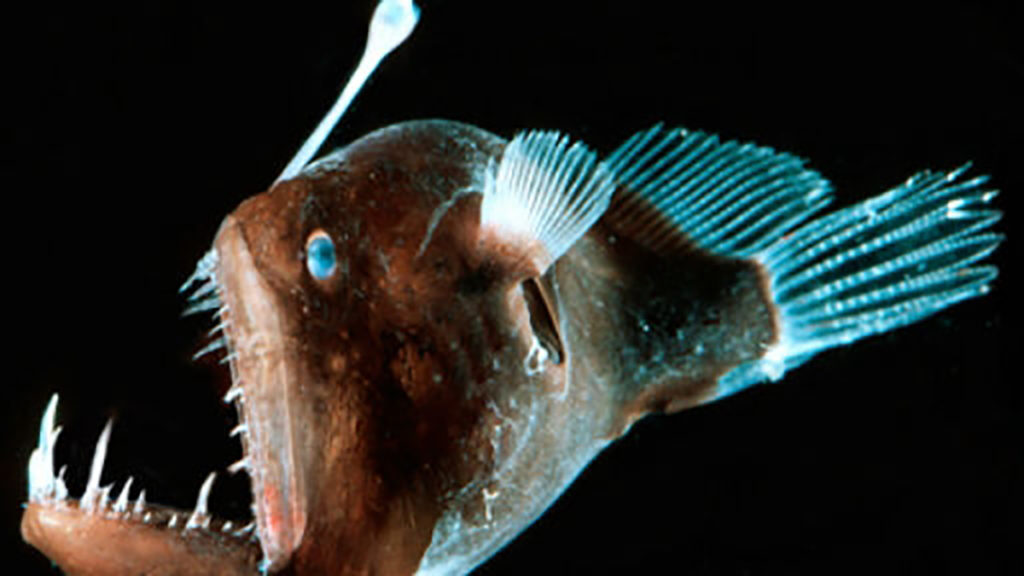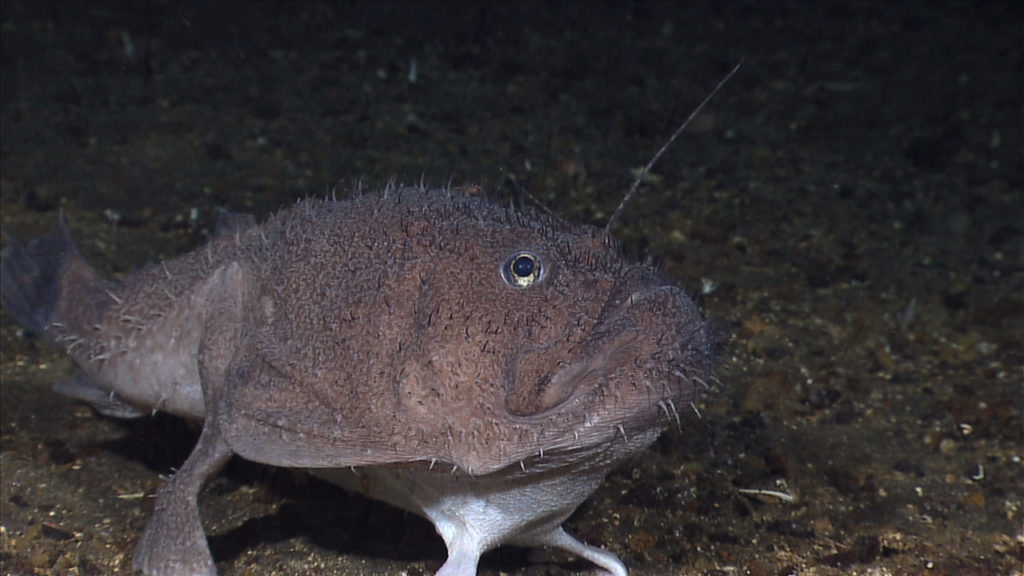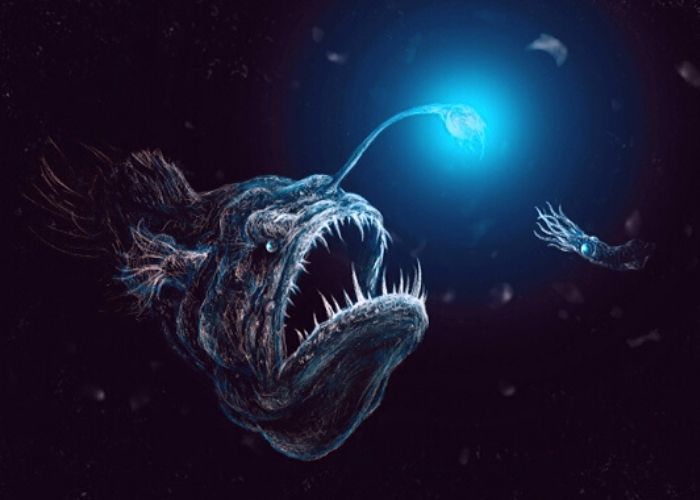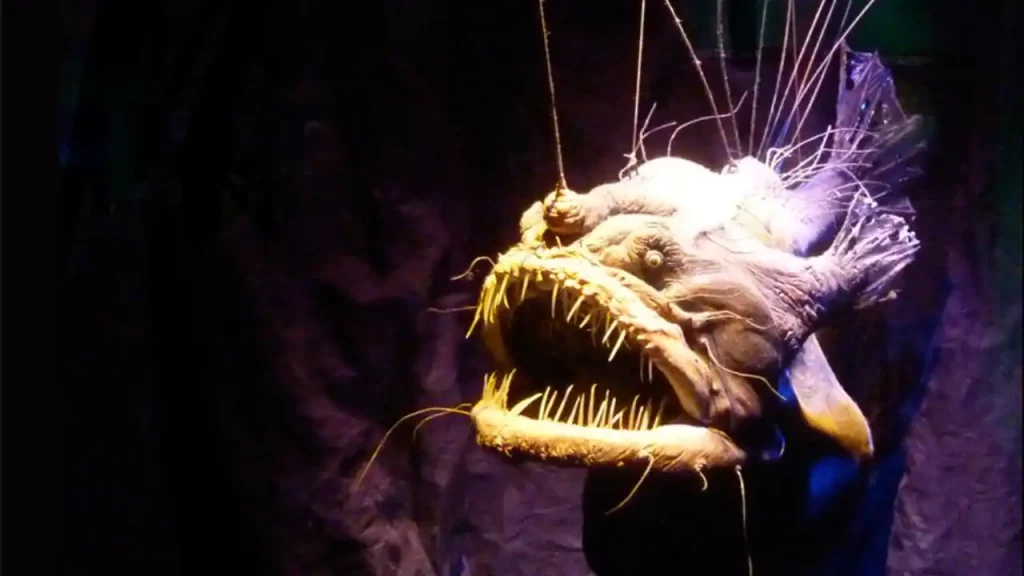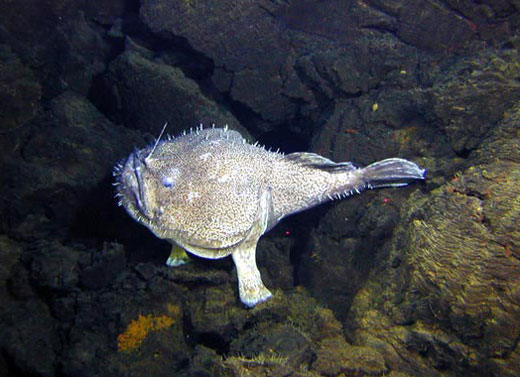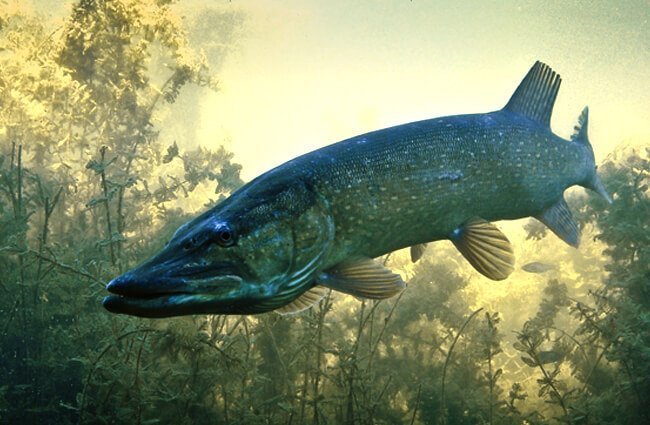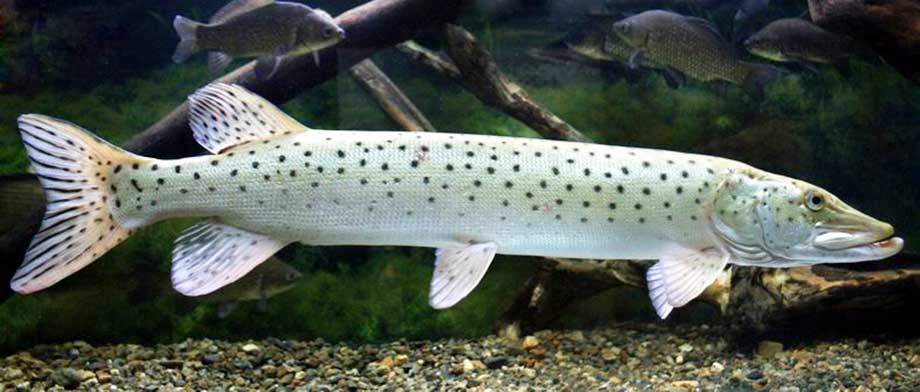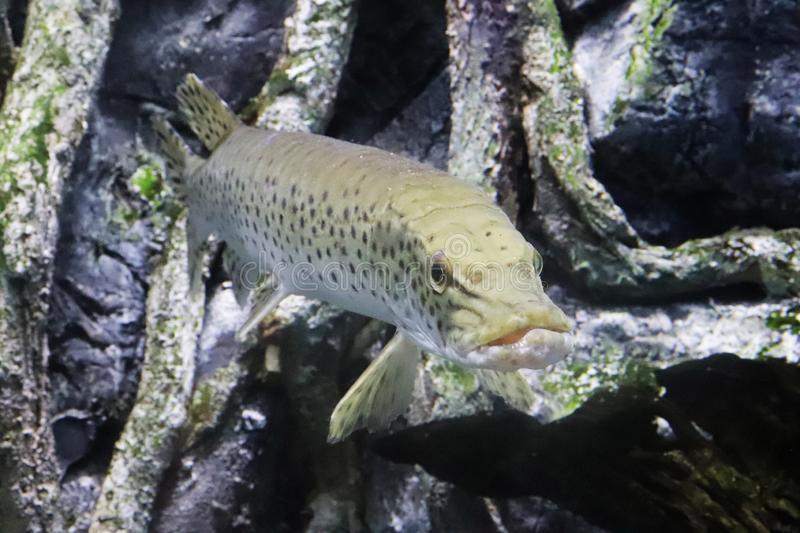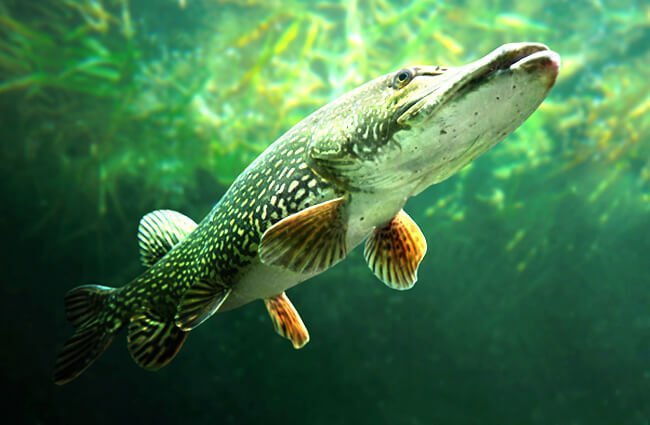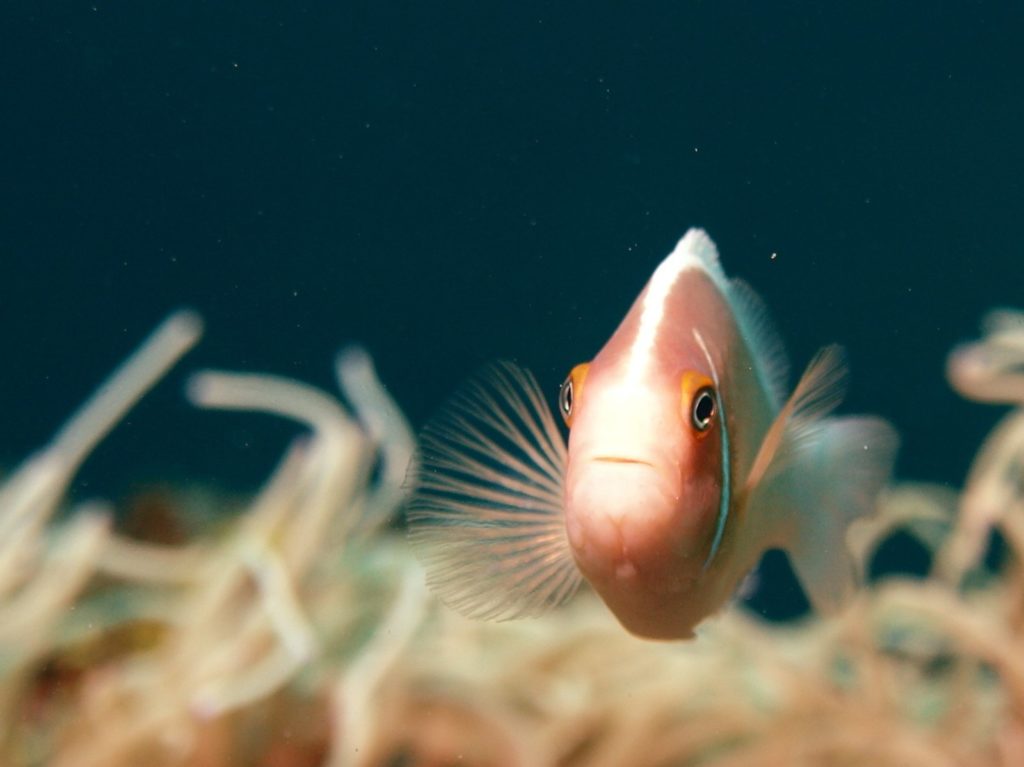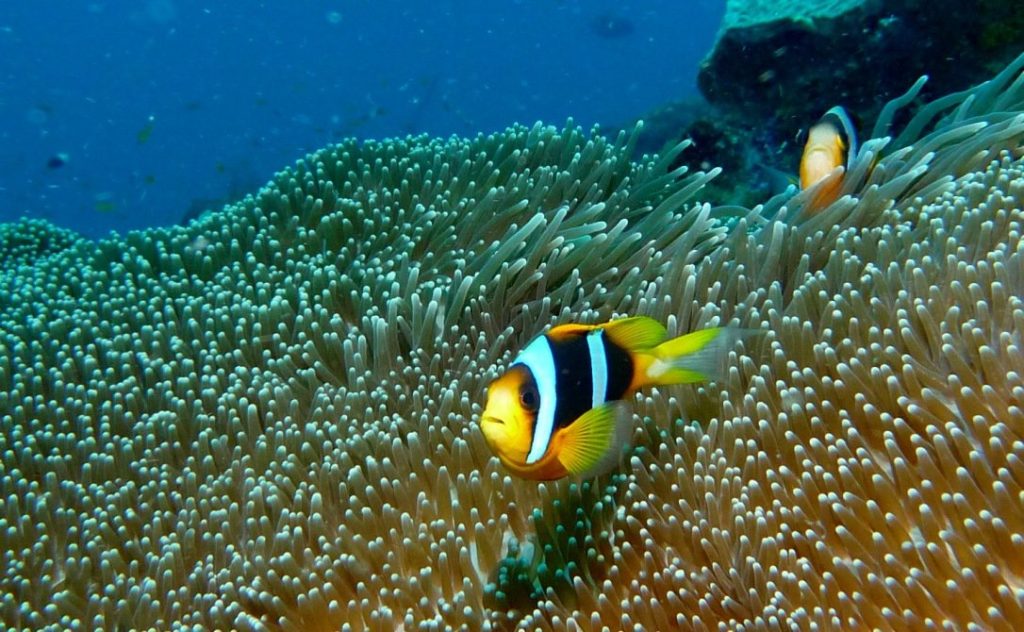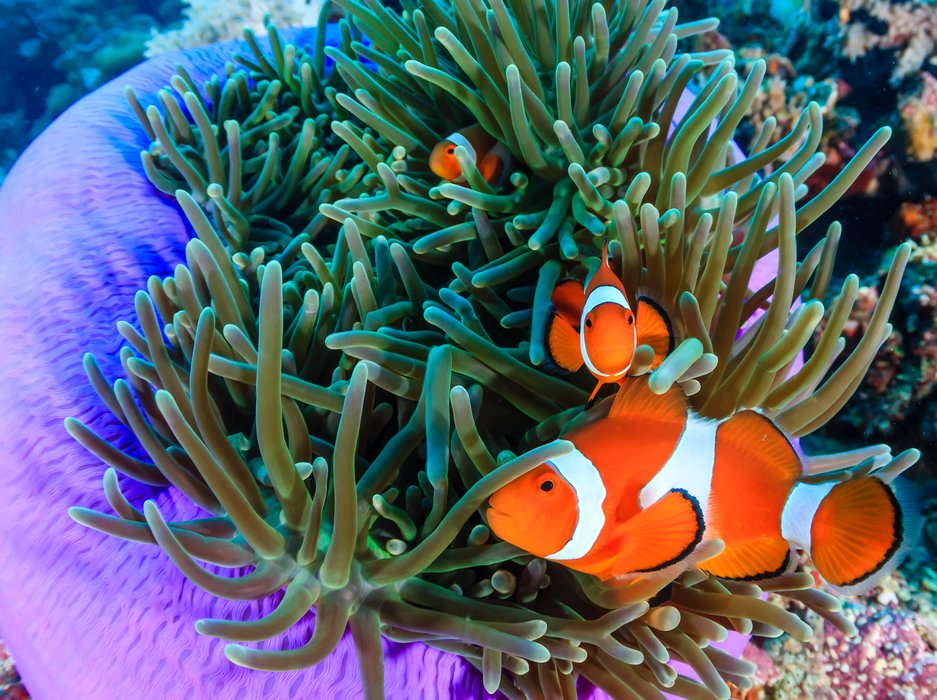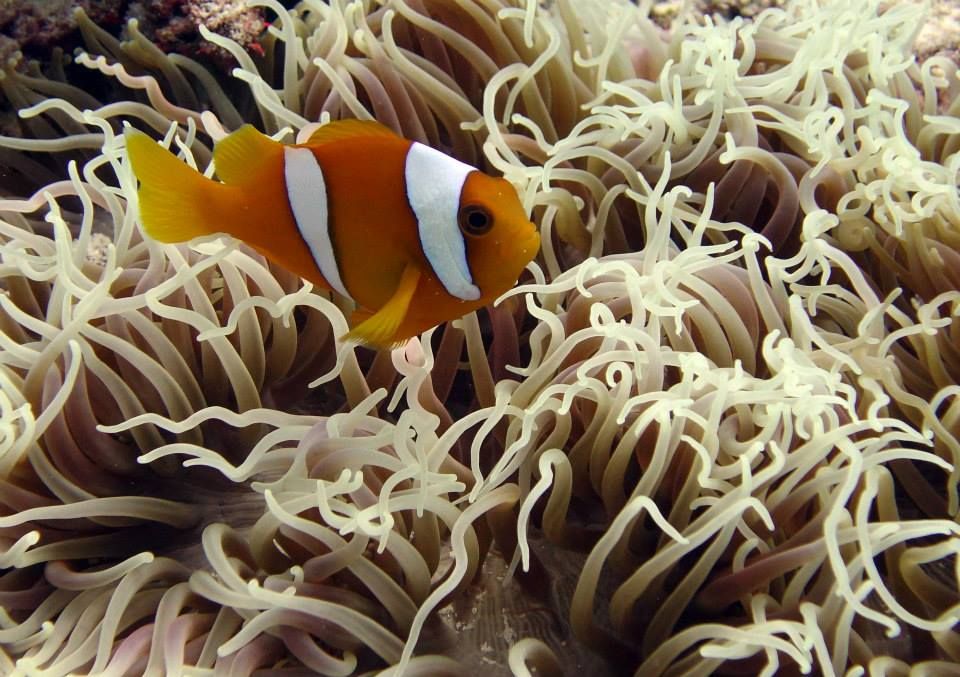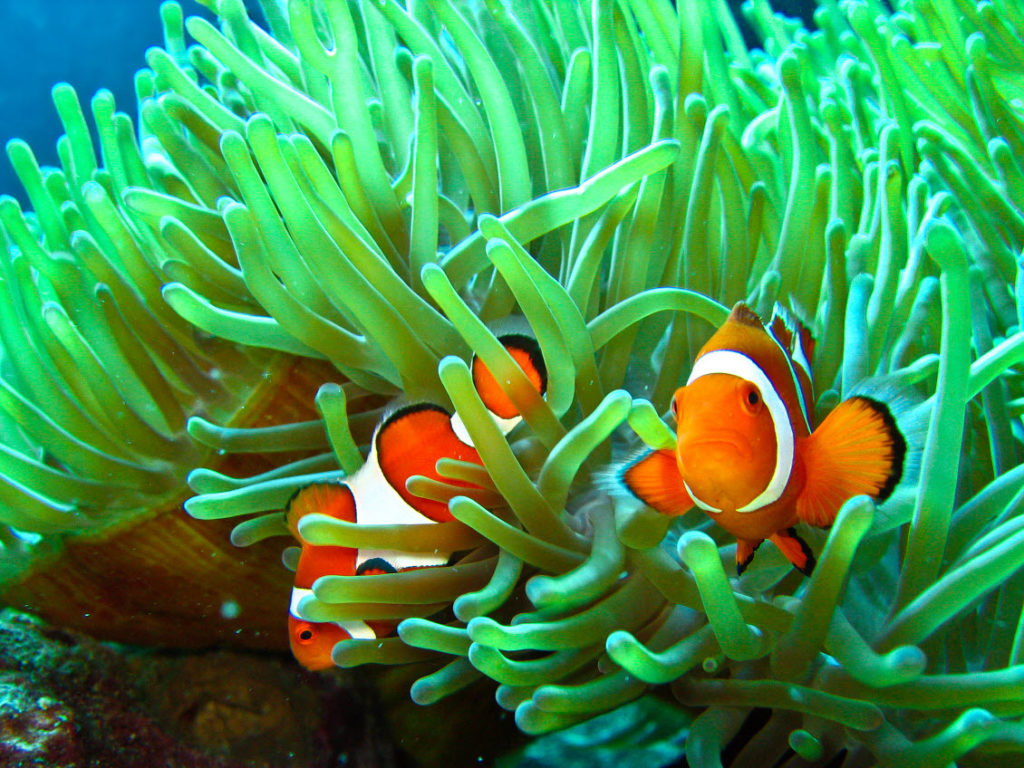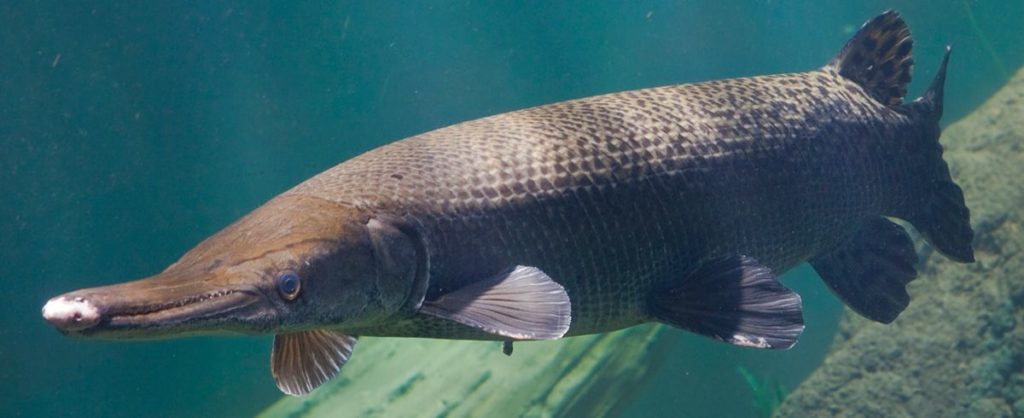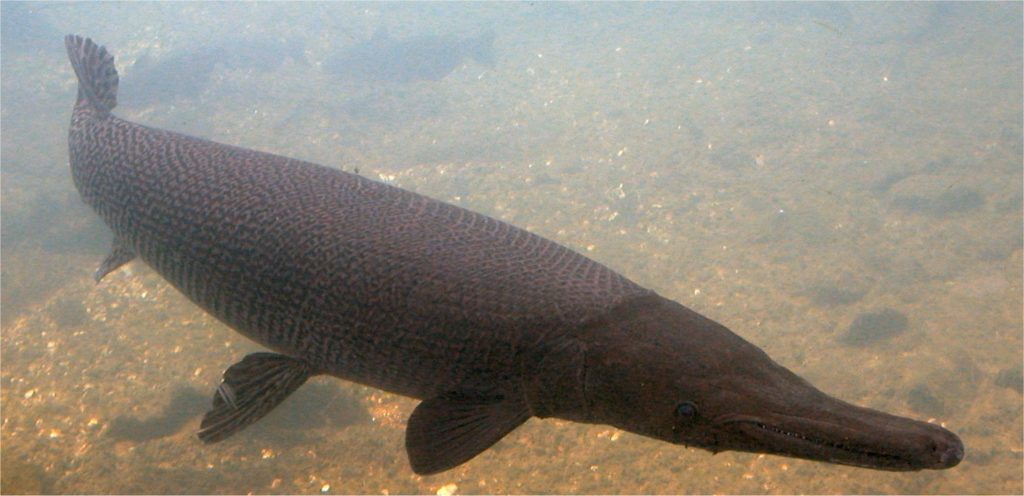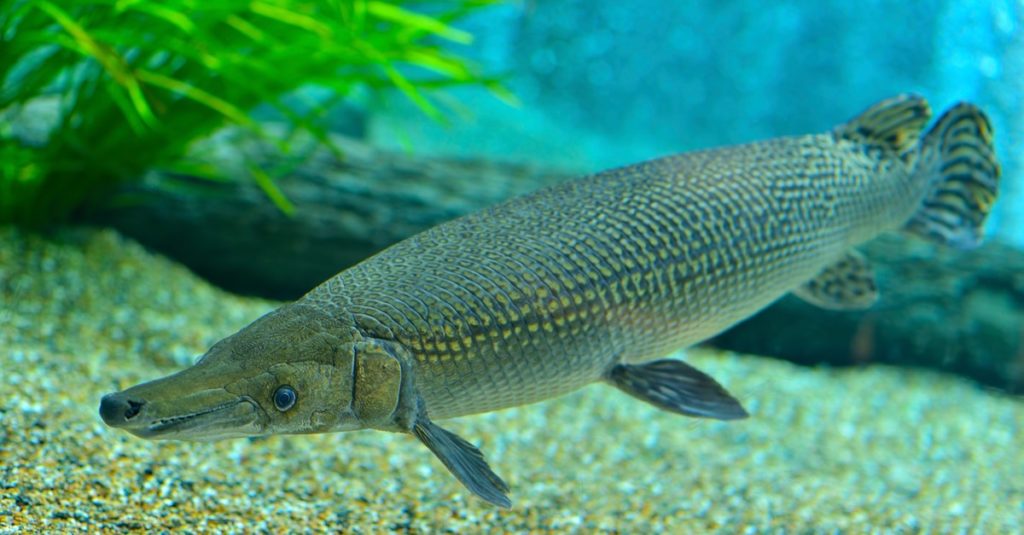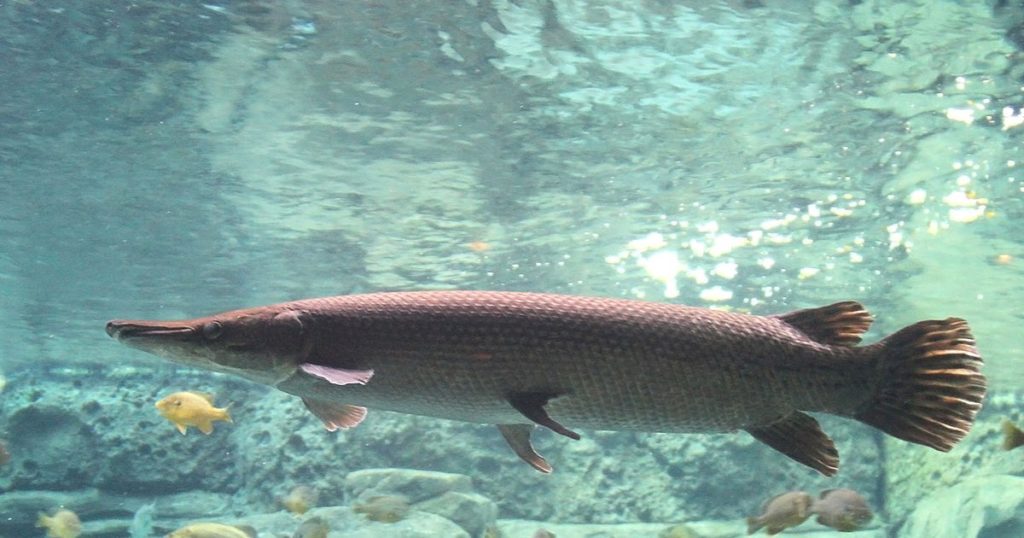The Loricariidae, or the armored catfish, is one of the largest families of catfish. There are over 650 species of this fish currently known. More are being discovered yearly, with an overabundance in some regions. In North America, two types of armored catfish have been recognized: the armadillo del Rio, Hypostomus plecostomus, and sailfin catfishes in genus Pterygoplichthys. Their native range is the Amazon River Basin.
Invasive armored catfish have been around in Florida since the 1950s, and they are also seen in Texas. They were first seen in Mexico 15 years ago within the Reservoir El Infiernillo in Michoacán in central Mexico.
The armored catfish (Loricaria armata) is native to Africa and Costa Rica. It lives in warm freshwater habitats such as the tropical regions of both Africa and Costa Rica or large lakes in Texas and Florida. This fish has been relocated by owners and released into the wild after hurricanes, growing to enormous numbers in various parts of the globe.
The armored catfish is a freshwater fish that can tolerate average salinity, and it lives in the Southeastern region of the United States. The bony spines of this fish aren’t poisonous; they are used as protection to keep off predators. Scared or threatened, the armored catfish extends its fins to keep away from being swallowed. it may well survive in low-oxygen waters, gulping air and surviving out of water for greater than 30 hours due to vascularized abdomen which enable it to breathe air.

Due to the fact that they eat fish eggs, armored catfish can wipe out an entire species or at least cause numbers of other fish to drastically decline. Then, they lay their own eggs by the thousands. The male fish protects the eggs so that other species of fish cannot hurt the unborn fish, guaranteeing their survival. These invasive creatures have become a problem in many areas.
Body Structure
The armored catfish got its name from the way it looks. The armored plates that cover its body make it look like a suit of armor. Armored catfish grow to be about 12-20 inches long and weigh 1.5-2.5 kilos (3.3-5 pounds). They are nocturnal, with eyes adapted to low light conditions. The armored catfish lives in freshwater, however, can tolerate average salinity.

The armored catfish is covered in bony plates, has a triangular shape with a smooth bottom, and is spotted in a leopard pattern. Its mouth lacks teeth but scrapes algae from submerged tree trunks, rocks, and river bottoms.
Diets
The armored catfish have a limited diet due to the fact that it does not have any teeth. They survive by sucking the algae off of underwater plants or the bottom of a riverbed, as well as fish eggs.
Biology
In the wild, armored catfish will create lengthy burrows along shorelines and females will deposit eggs. These burrows can collapse under the weight of a human, becoming nuisances that can cause damage and increase the chance of abrasion on the canal and water bank.
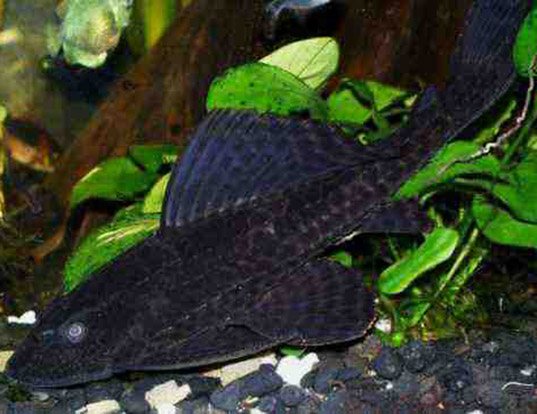
Males stick around to guard the nest and the female may lay more than 300 eggs in their nests. Loricariids are cavity builders and may lay eggs in four to 20 days, depending on the species. Males guard the nests and may also stand up to a variety of ecological situations, they are extremely territorial.

